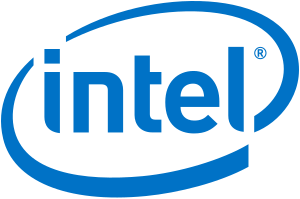
Intel Corporation, an American multinational corporation and technology company, is the world’s second largest and highest valued semiconductor chip makers. It’s also the world’s largest supplier of CPUs (Central Processing Units) for personal computers with about 90% market share. That 10% market share that the intel doesn’t owe, is extremely important to the pricing and therefore, the gross margin structure of the business. Intel supplies processors for computer system manufacturers such as Apple, Lenovo, HP, and Dell. Intel also manufactures motherboard chipsets, network interface controllers and integrated circuits, flash memory, graphics chips, embedded processors and other devices related to communications and computing. The reason I chose to write about this company, is because it was very interesting for me to see how a company of this size can focus and apply cost reduction actions in their supply chain and make them work.
For more than 45 years in the semiconductor business, Intel has always been at least one process node ahead. Node size reductions are generally a 1/3 of reduction from the linear dimension, resulting in approximately a 50% reduction in the area and therefore, a doubling of the units produced on the same cost. The company needed to make a lot of supply chain cost reductions after bringing its latest, low-cost chip to market. They had to reduce somehow, the supply chain costs for the chip, but they had only one area of leverage, the inventory. The chip had to work, so there were no service trade-offs that could be made. Intel had already whittled packaging down to a minimum and the chips’ distribution costs could not really be pared down any further. The only option was to try and reduce levels of inventory which were very high.
Intel decided to try what was considered an unlikely supply chain strategy: a true make-to-order scenario. The company began with a process of iteration, they gradually sought out and eliminated supply chain inefficiencies to reduce order cycle time. Through this incremental approach, to cycle time improvement, Intel eventually drove the order cycle time for the chip down from nine weeks to just two. As a result, the company achieved a supply chain cost reduction of more than $4 per unit.
